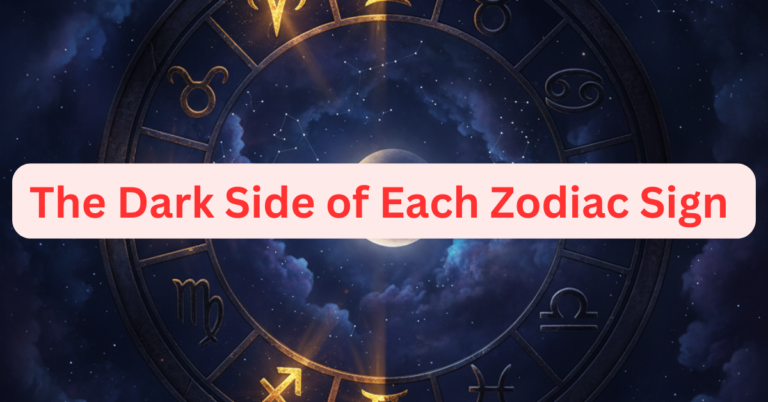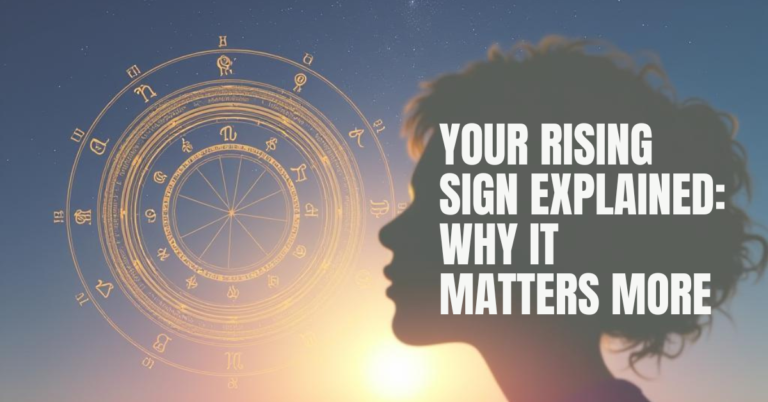Exploring Netflix's Live-Action Adaptation of Avatar: The Last Airbender
Netflix’s much-anticipated live-action adaptation of Nickelodeon’s beloved animated series, Avatar: The Last Airbender, has finally debuted, marking a significant moment in the realm of entertainment. This adaptation, set in an Asian-inspired fantasy world where individuals can “bend” the natural elements, has been met with both excitement and scrutiny from fans of the original series. With the show’s creators, Michael Dante DiMartino and Bryan Konietzko, initially departing the project due to creative differences, comparisons to the ill-fated 2010 film adaptation by M. Night Shyamalan have been inevitable.
A Departure from the Original: From its inception, it’s evident that Netflix’s adaptation takes significant liberties with the source material. With only eight episodes in its first season compared to the animated series’ 20-episode debut, the narrative scope is necessarily condensed. One of the notable changes is the introduction of Aang’s backstory, providing viewers with a deeper understanding of his journey and the events leading to his century-long slumber.
The Exploration of Past Avatars: Netflix’s adaptation diverges from the original series in its portrayal of past Avatars, who play a crucial role in Aang’s quest for guidance. Notably, Avatar Kyoshi receives expanded screen time, actively aiding Aang in his battles against the Fire Nation. Additionally, interactions with other past Avatars, such as Roku and Kuruk, deviate from the animated series, offering a fresh perspective on Aang’s spiritual journey.
Redefining Omashu: One of the most significant departures in Netflix’s adaptation revolves around Omashu, the Earth Kingdom city that becomes a focal point for various plotlines. By intertwining characters and story arcs from different points in the original series, Netflix creates a new dynamic within the city, introducing conflicts and alliances that diverge from the source material. The character of Bumi undergoes significant alterations, portraying him as a more antagonistic figure compared to his portrayal in the animated series.
Encounters with Koh: The utilization of Koh, the face-stealing dark spirit, also differs between the two adaptations. While Aang briefly encounters Koh in the original series, Netflix’s adaptation explores Sokka and Katara’s interactions with the spirit in greater depth. This narrative choice allows for the inclusion of additional plot points and character developments, albeit at the expense of certain episodic side quests present in the animated series.
Omissions and Changes: Netflix’s adaptation inevitably omits certain elements present in the original series, including minor side quests, character interactions, and romantic subplots. Aang and Katara’s budding romance, in particular, receives less emphasis, altering the dynamic between the characters and their development throughout the series.
Looking Ahead: As Netflix’s adaptation continues to unfold, the impact of these changes on the overarching narrative remains to be seen. While some deviations offer a fresh perspective on familiar characters and storylines, others may alter the fundamental dynamics of the series. As fans eagerly await future seasons, the evolution of Avatar: The Last Airbender in the live-action format promises to be a captivating journey filled with twists and surprises.






